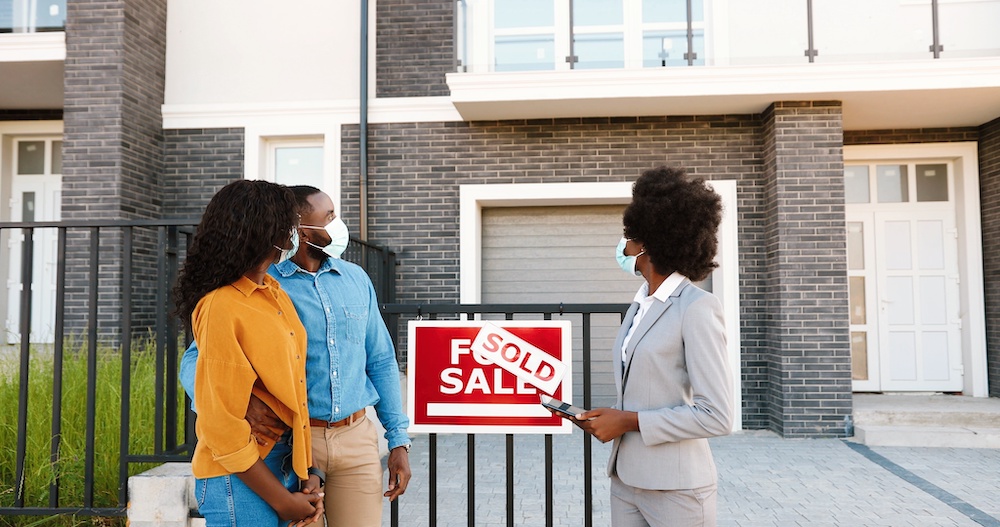No doubt the pandemic has permanently altered the way we live, work, and play. Nobody knows what the new normal will be, but it is worth noting that some of the trend shifts emerging are not new. The pandemic has simply intensified trends that have been emerging in the last decade.
“McMansions” once a symbol of success became symbols of excess. Homeowners found themselves with more space than they needed. Two long term demographic trends, however, suggest that there is hidden value in that unused space, and the “McMansions” of days gone by are now being remodeled and bought for multigenerational use.
A 2015 National Association of Realtors (NAR) Home Buyer and Seller Generational Trends Study reports that 13% of all home purchases in 2014 were by a multigenerational household. Adult children, parents, and grandparents are reportedly now sharing the same home. A 2012 Pew Research study shows that since 1980, the number of people living in multigenerational family households has doubled, reaching a phenomenal record of 57 million.
The biggest reasons for buying were cost savings (24 percent) and adult children moving back into the house (23 percent). 21% of the multigenerational buyers were younger boomers. 37% of those purchased their home to accommodate adult children moving back home. And it is not just the kids moving in. With the health risks associated with elder care facilities, others are purchasing with the intent of bringing an aging parent into the home. As senior longevity increases along with the cost of elder care, it makes sense to make space at home for an elderly parent.
Reuniting generations under one roof presents privacy and logistical challenges. Adult offspring will likely value their privacy and ability to come and go as they please. Seniors may need architectural adjustments to accommodate their diminishing physical mobility.
If you are thinking of marketing your home for sale now is the time to talk to a realtor who understands the demands of multigenerational living. It is an opportunity to increase the marketability or draw years of use from a home that is hardly lived in.

